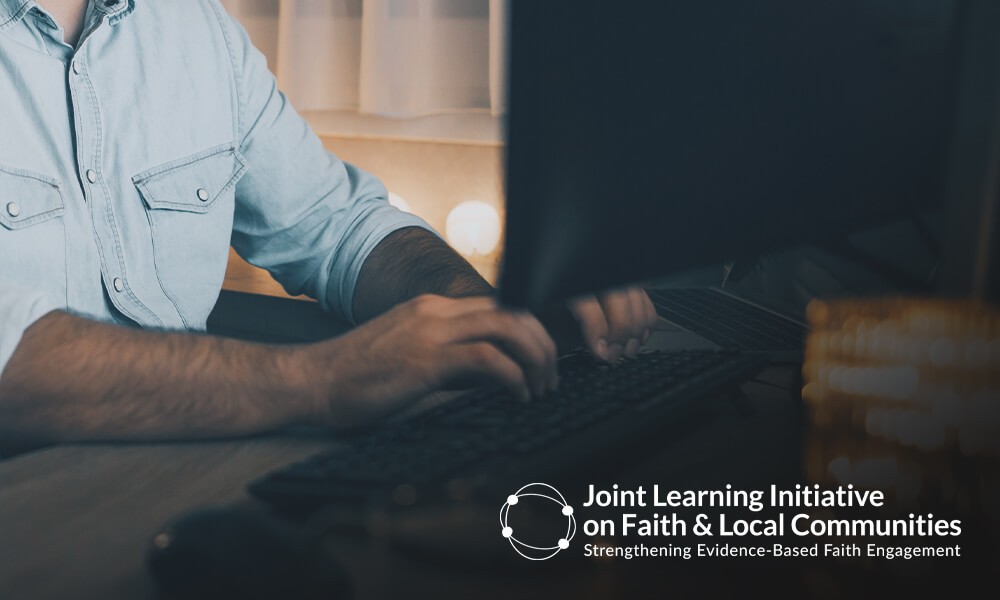
Faith leaders and communities are leading initiatives to create and support systems that work to protect children on both household and national levels. This page presents examples and provides resources that demonstrate how faith actors can support the formal elements of child protection by working with official systems to influence regulation, policy, and law. Further, this page will examine how faith actors and communities support informal aspects of child protection by addressing values, attitudes, behaviors, and cultural practices surrounding children.
(T)hey [religious leaders] are doing great works in faith communities where they are working but they need more capacity, as most of them are doing it from their experience…(t)hey will refer to the Bible, this is what it says, but they also need to know that there are cases they need to refer to other stakeholders…to know their countries laws about child abuse and neglect. They can do their bit… Most of the victims they can be willing to open up to the faith leaders because of trust and they cannot open up to others like the police or other stakeholders (UV, working with Christian, Traditional and Muslim communities, Tanzania)
Practice Examples:
Example 1: Child Protection and Buddhist Religious Leaders
- Organization: UNICEF Cambodia with the Ministry of Cults and Religion
- Timeline: Ongoing
- The Project: UNICEF Cambodia’s child protection program aims to free children from violence and exploitation in their homes, schools, communities, institutions, and in humanitarian situations by 2023. The project works towards this goal on individual, community, institutional, and policy levels. UNICEF Cambodia is collaborating with the Ministry of Cults and Religion to promote the role of religious leaders in protecting children from violence and spread child protection messaging in Buddhist education systems and pagodas across the country.
- Results: The project resulted in widespread engagement with religious leaders. Tools to aid religious leaders in communicating key child protection messages were developed and incorporated into primary and secondary Buddhist Education programs. It was reported that the Cambodian government was increasingly convinced to engage religious leaders on child protection issues. Further, challenges that arose from the project led to strengthened strategies for how to better engage religious leaders in the future.
- Read the full FPCC case study here.
Example 2: From Traditional to Holistic: How FBOs in Africa are Transforming Early Childhood Care
- Organization: Catholic Relief Services (CRS)
- Timeline: From 2014 to 2017
- Project: In order to address limited training in early childhood development (ECD) and pre-existing childcare methods practiced by 48 congregations of three faith-based organizations in Kenya, Malawi, and Zambia, Catholic Relief Services carried out a capacity-building project which aimed to help caregivers adopt a more holistic approach to ECD.
- Results: The results of a 40-day summative evaluation found that caregivers, after completing training on holistic ECD, changed their approach to the way they cared for children. An interviewee from Zambia reported the impact of the training in her statement that she: “…used to beat young children, thinking they would learn discipline and attentively follow academic lessons. But now, after the training, I know that children can be disciplined in a nonviolent way through guidance, listening, and teaching through role modeling. We now have a child protection policy in our school and, as a result, one caregiver was fired for beating children in her classroom” (Tadesse 2016). The report also found that faith-based actors, once equipped with strengthened capacity in ECD, can play an important role in increasing the quality of early childhood in the wider community. After receiving training on resource management, networking, monitoring and evaluation, documentation, and proposal writing, trained caregivers were able to spread information on ECD and highlight the negative effects of violence against children to their surrounding community.
- Find the full report here for more detailed results
- CRS’s Early Childhood Development Curriculum
Example 3: The Mary Barreda Association’s coordination with the Nicaraguan Police Force
- Organization: The Mary Barreda Association (Asociación Proyecto Mujer Mary Barreda)
- Timeline: Ongoing
- Project: In Leon, Nicaragua many girls leave home and increase their risk of abuse, exploitation, and prostitution. Therefore, The Mary Barreda Association closely works with police to strengthen the protection of girls in León.
- Results: The association organizes gatherings where police meet directly with vulnerable groups and lead six training sessions per year within different levels of the police force.
- Read more in JLI’s Scoping Study (Rutledge, K. and Eyber, C. 2019, pg. 29) or learn more The Mary Barreda Association’s work here.
Related Resources:
See Scoping Study’s next key message.
Haga clic aquí para español

